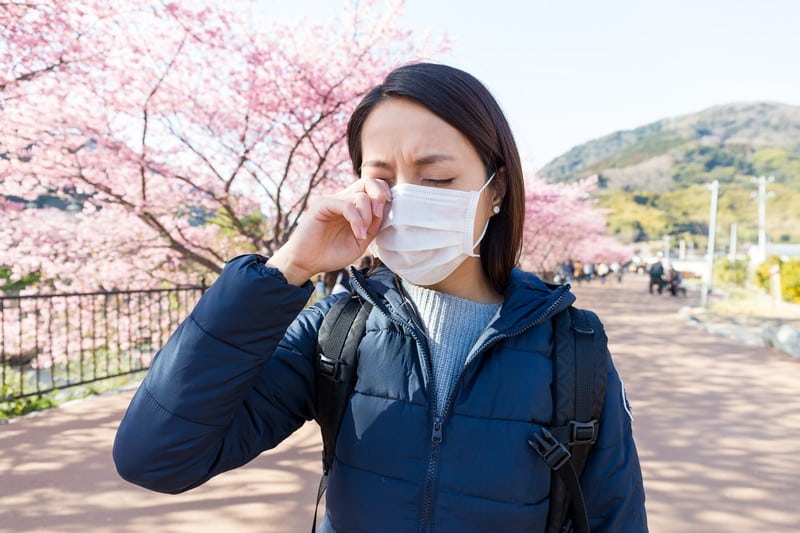Eye Allergies

They occur when the eyes are exposed to or come in contact with allergens (such as animal fur, dust, tiny insects, and pollens from grass, flowers, and trees) and environmental irritants like cigarette smoke, ashes, cosmetics, and fumes from vehicle exhaust. Mast cells release a substance named histamine to fend off the allergens that have entered the eyes. As it releases histamine, the covering of the eye that serves as protection from irritants and pollens becomes swollen and inflamed. As a result, there is a burning pain inside, and it becomes severely irritated. Excess tears are then produced, and the eye films appear reddish and strained.
Allergic reactions include a stinging sensation in the eyes and a stuffy nose affecting the nasal passages. In addition, continuous rubbing of the eyes does not contribute to easing the pain; instead, it triggers the mast cells into producing more histamine and worsening the pain.
When experiencing eye allergies, it is best to avoid touching the eyes with bare hands. Additionally, try to remove contact lenses (if there are any); do not wear makeup or cosmetics that may trigger the allergy; wash sheets with furs and specks of dust; and use eye protection.










